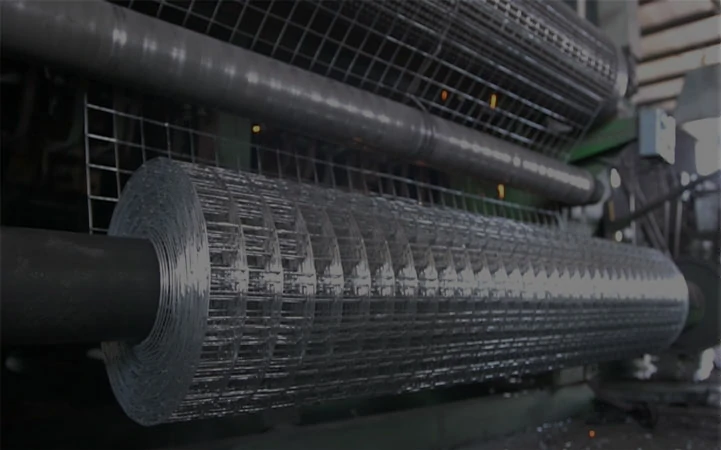Choosing the Right Nails for Your Pressure Treated Wood Projects for Maximum Durability and Strength
Nails for Pressure-Treated Wood A Comprehensive Guide
When it comes to constructing outdoor projects or structures with pressure-treated wood, selecting the right type of nails is crucial for ensuring longevity and durability. Pressure-treated wood is commonly used in various applications, including decks, fences, and landscaping projects, due to its resistance to rot, insects, and decay. However, the process used to treat the wood can have implications for the fasteners used in these projects. Here’s what you need to know about choosing the right nails for pressure-treated wood.
Understanding Pressure-Treated Wood
Pressure-treated wood is wood that has been infused with chemical preservatives under high pressure to protect it from environmental factors. This treatment allows the wood to withstand moisture, insects, and fungi, making it an ideal choice for outdoor applications. However, the chemicals used in pressure treatment can also react negatively with certain metals, leading to corrosion and deterioration over time.
Choosing the Right Nails
1. Material Matters The most recommended nails for use with pressure-treated wood are those made of stainless steel or galvanized steel. Stainless steel nails are the best choice in terms of corrosion resistance, especially in high-moisture environments. Galvanized nails, which are coated with a layer of zinc, are also a viable option, but their lifespan may be shorter than stainless steel, particularly in coastal areas where salt exposure accelerates rust.
2. Type of Galvanization If you choose galvanized nails, be aware that there are different types of galvanization. Hot-dipped galvanized nails provide a thicker, more robust coating than electro-galvanized nails, making them a better choice for pressure-treated wood. The thicker coating offers enhanced corrosion resistance and durability.
nails for pressure treated wood

3. Nail Size and Length The size and length of the nails you select will depend on your specific project. For most applications involving pressure-treated wood, 16d (3.5 inches) or 8d (2.5 inches) nails are commonly used. The length of the nail should be long enough to penetrate at least one and a half inches into the wood substrate or the supporting structure to ensure a strong hold.
4. Type of Nail Aside from traditional nails, consider using screws as an alternative. Deck screws, specifically designed for pressure-treated wood, provide superior holding power and eliminate concerns of nail popping over time. They are often coated for added corrosion resistance, making them suitable for outdoor projects.
Installation Tips
When working with pressure-treated wood, proper installation is key to ensuring durability. Here are a few tips to keep in mind
- Pre-drill if Necessary To prevent splitting the wood, especially near the ends or if you are using larger nails, consider pre-drilling pilot holes. - Drive Nails Straight Misaligned nails can weaken the joint. Ensure that nails are driven straight and flush with the surface of the wood. - Avoid Over-driving Over-driving nails can create a potential entry point for moisture, which can lead to wood rot. Ensure the nail head is flush but not embedded deeply.
Conclusion
Selecting the right nails for pressure-treated wood is vital for any outdoor construction project. By opting for corrosion-resistant materials like stainless or hot-dipped galvanized nails and following proper installation practices, you can ensure the longevity and stability of your wood structures. Always remember to consider the specific requirements of your project, and don't hesitate to consult with professionals if you are unsure about the best materials to use. With the right choice of fasteners, your pressure-treated wood projects will stand the test of time and the elements.
-
Space-Saving Chain Fence Hacks Vertical Gardening with Cyclone MeshNewsJul.16,2025
-
Innovations in Iron Nail Wire Production for Modern ConstructionNewsJul.16,2025
-
Creative Uses of Wire Netting Fence in Modern Landscape DesignNewsJul.16,2025
-
Barbed Wire Fence Innovations in Anti-Climb TechnologyNewsJul.16,2025
-
Architectural Uses of Umbrella Nails for Aesthetic Roof DesignsNewsJul.16,2025
-
Architectural Uses of Razor Barbed Wire in Secure Urban DesignNewsJul.16,2025




